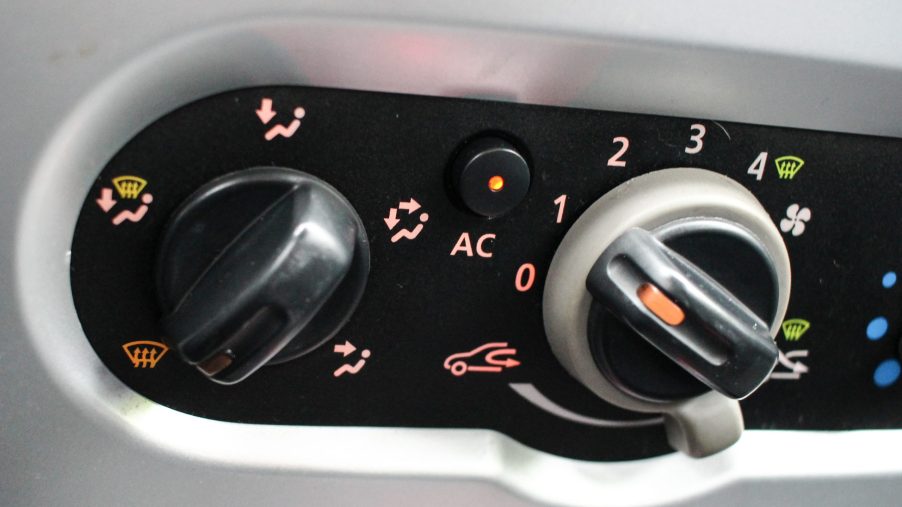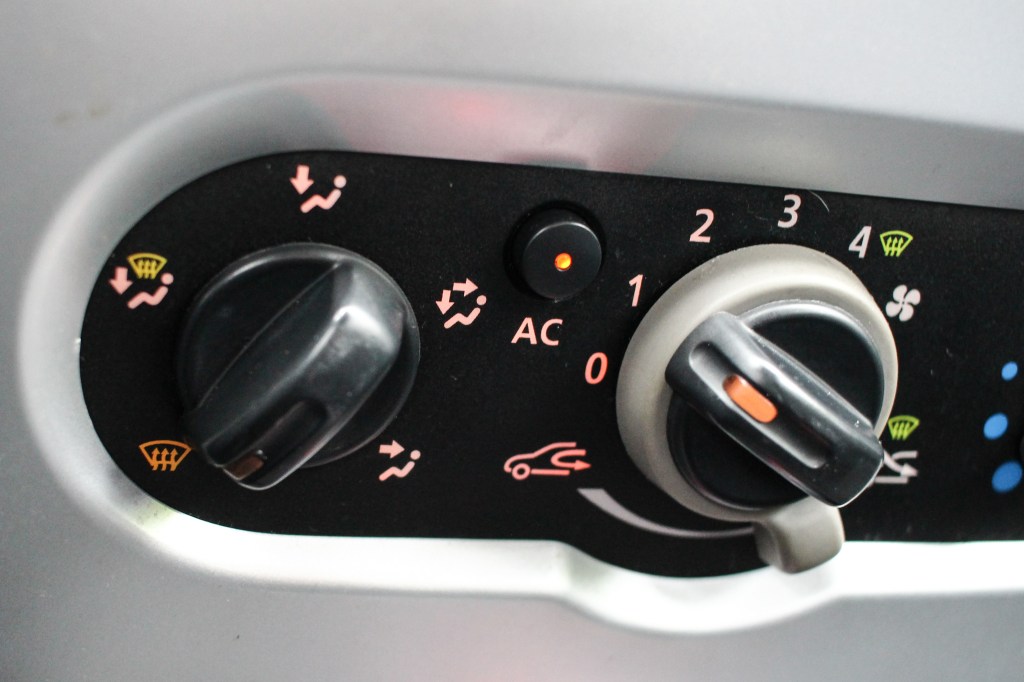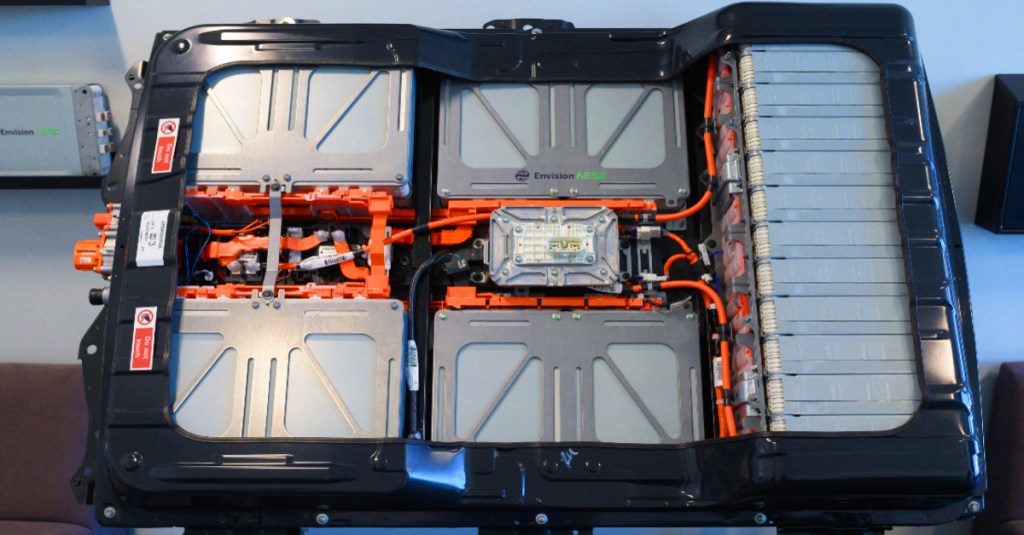
These 3 Factors Can Render Your EV Useless
Electric vehicles may be the future, but they do have their weaknesses. EV technology is still very new to the automotive industry. The technology has come a long way, but there are still factors that can easily make your EV unusable. Here are three different factors that can render your EV completely useless.
Cooling and heating your electric vehicle

Electric vehicle heating and cooling don’t function the same as in a gasoline-powered vehicle. Heating and cooling are reliant on electricity in EVs. Adjusting the temperature in an electric vehicle can take a major toll on its driving range.
Heating requires more power than cooling for electric vehicles. According to CNET Roadshow, 20-degree weather can use over 40% of a vehicle’s driving range when heating is on. Cooling can use close to 17% of an EV’s driving range on a hot 95-degree day.
Using heat while driving during the winter can make driving an EV a tedious experience. Many EVs like the Nissan Leaf have under 230 miles of driving range on a full charge. Imagine a winter road trip in a Nissan Leaf with the heat on. In order for electric vehicles to thrive, automakers must come up with a solution to this major issue.
Cold weather

Heating an EV in cold weather affects the vehicle’s driving range. The cold weather itself is actually a key contributor to quick EV battery drainage. Electric vehicles can lose 1/4 of their driving range when operating in freezing temperatures. EVs with low battery range do not do well in cold winters.
Luckily, newer EV batteries are able to handle cold weather better than older batteries. Not only are EV batteries less efficient in colder temperatures, but EV battery chargers are also less efficient. Electric vehicle fast-charging stations can be up to 35% less efficient in freezing temperatures, making charging much more of a hassle. Between heating your electric vehicle in cold weather and its less-efficient battery, winter is the worst season for EV owners.
Battery age

Nothing lasts forever. Even the wondrous technological marvel that is an electric lithium-ion battery cell dies over time. Companies like Tesla are working on electric vehicle battery recycling, but alas, chances are long-term EV owners will experience the death of at least one battery cell during ownership.
Battery capacity and range decrease over extended use. Factor in heavy usage like constant heating and the strain of cold weather, and your battery cell could be pushing up daisies in a few years. Drivers that plan on owning their EV after it has racked up 200,000 miles can count on needing a new battery cell for most electric vehicles.
Battery cells also happen to be…you guessed it, one of the most expensive parts of an EV. Many battery electric vehicles (BEVs) use cobalt, a metal obtained through deep-sea mining. Similar to gasoline-powered vehicles, father time can be very cruel to automobiles.



